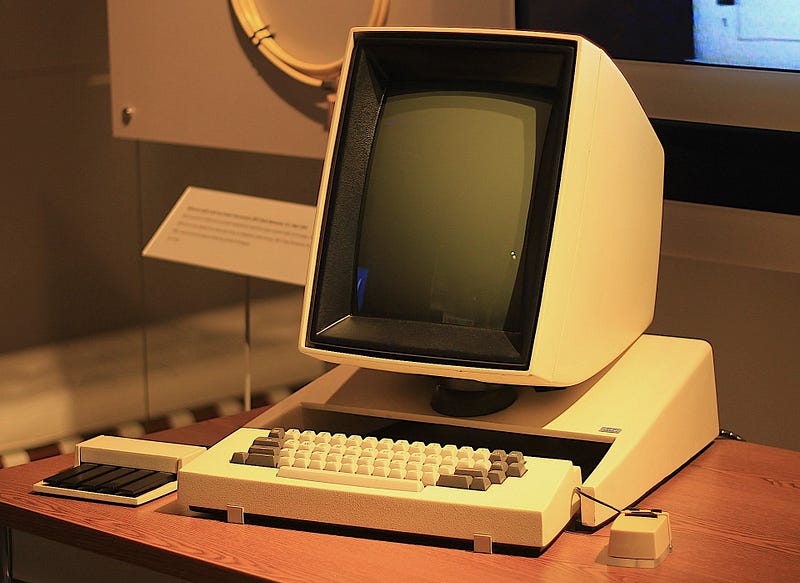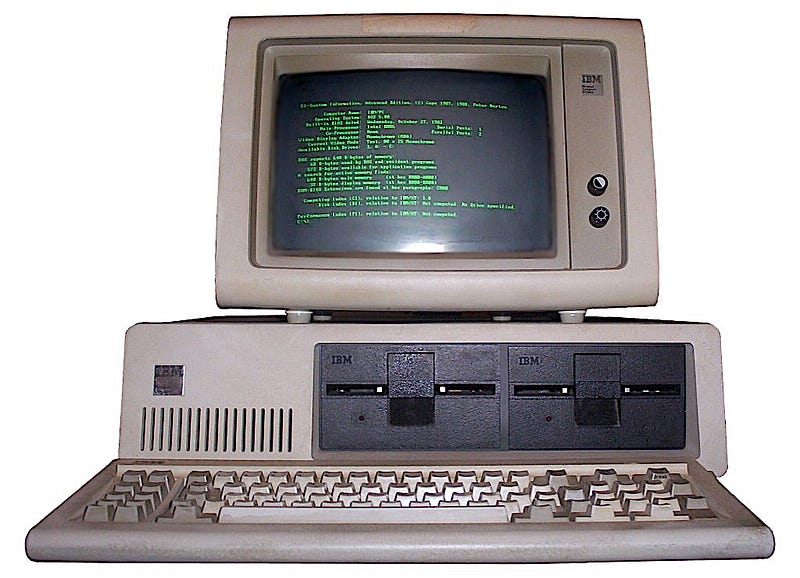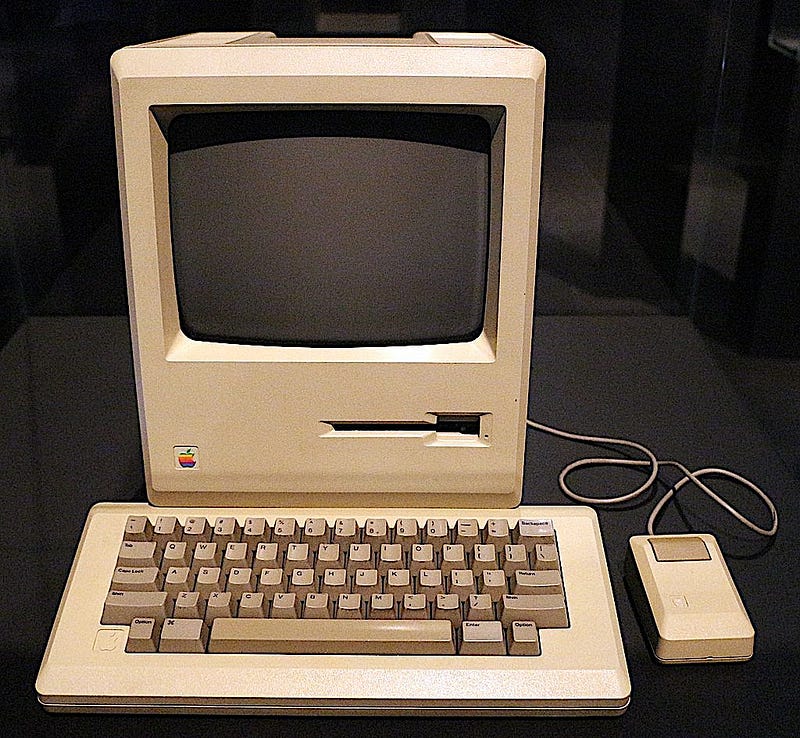The Evolution of Personal Computers: From Xerox Alto to PCs
Written on
Chapter 1: The Birth of Personal Computing
The name Xerox is often synonymous with office copiers, yet it was also the birthplace of the Alto, a groundbreaking workstation that paved the way for personal computers.

The Alto was conceived at Xerox PARC (Palo Alto Research Center), a California research facility established in 1970. Initially led by Robert Taylor, a former director at DARPA (Defense Advanced Research Projects Agency), PARC attracted top-tier scientists from various fields, leading to a plethora of cutting-edge innovations.
With an ambitious vision of creating "The Office of the Future," the PARC team made significant strides, including the development of laser printing in 1971 and the object-oriented programming language Smalltalk in 1972.
Section 1.1: The Rise of Microcomputers
By the late 1960s, the landscape of computing was shifting from massive mainframes to more compact minicomputers. The introduction of the first commercial microprocessor in 1971 marked the beginning of microcomputing, although it would take another decade before powerful desktop computers, later termed "PCs," emerged.
One of the earliest personal computers, the Kenbak-1, debuted in 1971 but faced commercial failure, selling only a few units. Meanwhile, IBM's laboratories were busy developing SCAMP, a personal computer prototype that inspired the launch of the IBM PC in 1981.
Subsection 1.1.1: Technological Breakthroughs
In 1973, Xerox PARC unveiled the Alto, a pioneering workstation that introduced several revolutionary features, including the first bit-mapped display, a graphical user interface (GUI) with windows and icons, and a WYSIWYG editor. The Alto also employed a local area network system, utilizing coaxial cables, which led to the creation of Ethernet—a standard for networking worldwide.
Despite these advancements, Xerox chose not to commercialize the Alto, primarily lending it to educational institutions. This decision inadvertently set the stage for others, including a Stanford graduate who helped establish Sun Microsystems using insights from the Alto's design.
Chapter 2: Steve Jobs and the Personal Computer Revolution
In late 1979, Steve Jobs of Apple visited PARC and was reportedly inspired by the Alto's technology. While some narratives suggest he "stole" ideas for Apple's Lisa and Macintosh, the truth is more nuanced; Apple was already developing similar concepts. Jobs' visit validated their direction, partially due to Xerox's investment in Apple.
Ultimately, Xerox was more focused on laser printers and office systems than entering the personal computer market, leaving a gap for companies like Apple to fill.
The first video title is History of Personal Computers Part 1 - YouTube, which explores the early developments in personal computing, including the role of Xerox Alto in shaping future technologies.
The IBM PC debuted in 1981 and is often recognized as the first mass-marketed personal computer, though it followed several earlier models that generated interest in the market, such as the Altair, Commodore PET, and Apple II.

Lisa, introduced by Apple in 1983, attempted to mirror the Alto's capabilities but failed commercially. However, its successor, the Macintosh, launched in 1984, was a groundbreaking machine, celebrated for its user-friendly interface and innovative features.

Xerox eventually tried to enter the personal computer market with the Star series, which incorporated Alto's innovations. However, by that time, the market had already been overtaken by more powerful and affordable PCs, leading to Xerox's retreat.
The rapid growth of personal computers can be attributed to "Moore's Law," which predicts that the number of transistors on a microchip doubles approximately every two years, resulting in increasingly powerful and cost-effective computers.
Today, we benefit from the pioneering work done at Xerox PARC, which laid the foundation for the personal computing revolution.
The second video title is The History and Origins of the Personal Computer (PC) - YouTube, providing a comprehensive overview of the developments and milestones in personal computing history.
Sources
Computer History Museum, “Timeline of Computer History.” ComputerHistory.org
History Computer, “Xerox Alto: Everything You Need to Know.” History-computer.com, Nov. 22, 2021
PARC, “PARC History.” Parc.com